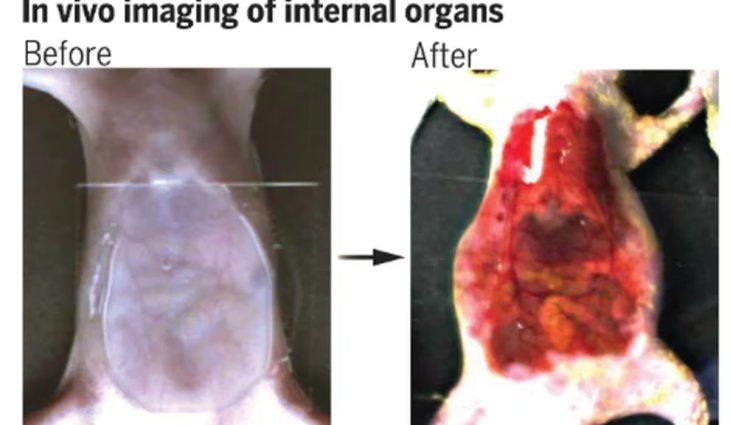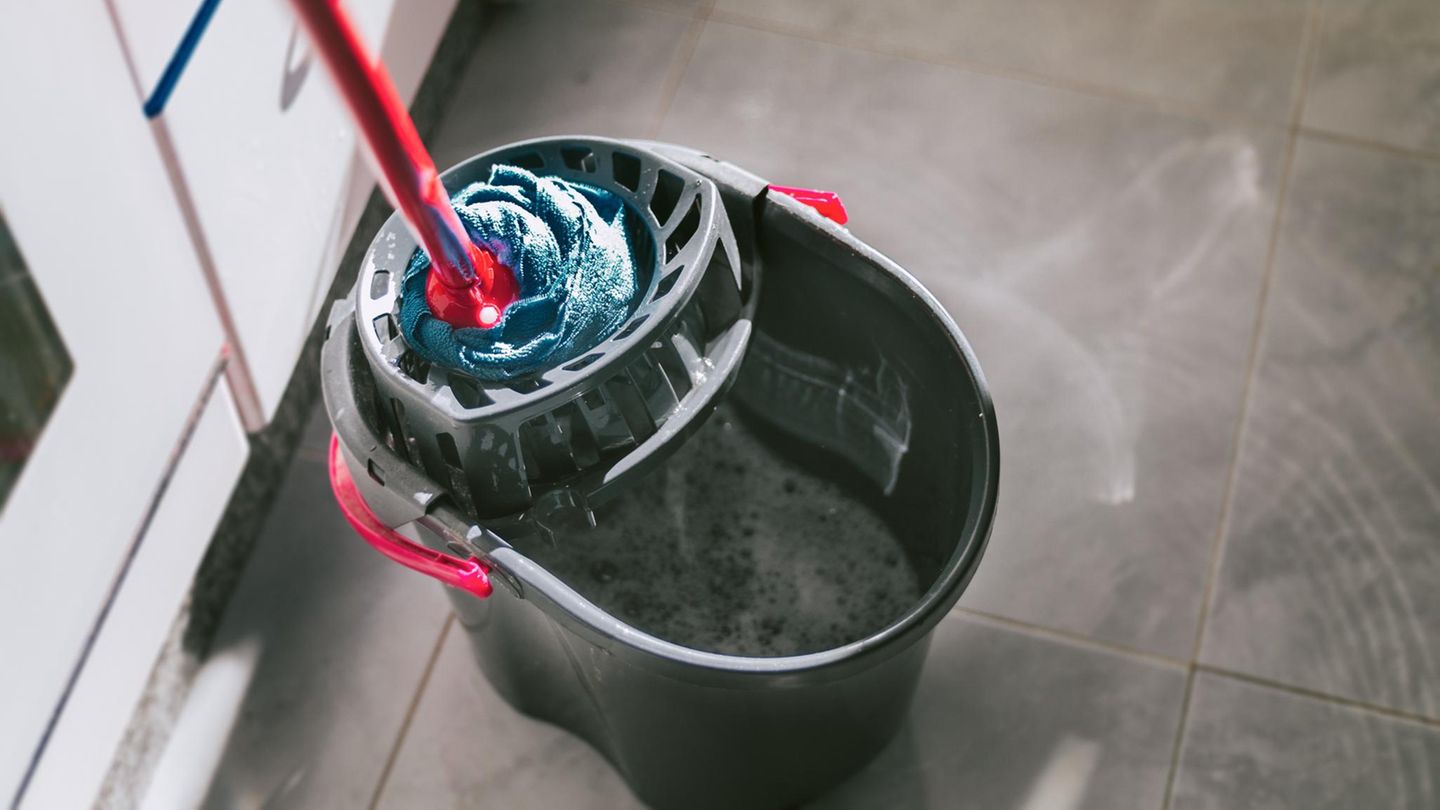Scientists and researchers from Stanford University and the University of Texas managed to return transparent skin of mice alive through the tartrazinea common and widely used food coloring, according to the study published in the journal Science last Friday.
The results showed surprisingly clearly the blood vesselsthe veinsthe organs and subcutaneous partswhich could mean a big advance in the world of medicine for certain medical procedures and treatments.
The tartrazine It is a dye biocompatible and one of the artificial colorings most used in the food industry, especially to give food its characteristic color yellow either orangeas in the case of French fries, nachos and other snacks.
tartrazine.png
Tartrazine is one of the most widely used artificial colorants in the food industry to dye foods yellow.
United States National Science Foundation
The team of researchers determined that “yellow colorant #5” (the name by which it is recognized in the food industry) was Eliminates from the body in 48 hours through waste and is approved by the United States Food and Drug Administration (FDA), where it is also recognized as FD&C Yellow #5.
The discovery that could mean a huge breakthrough in the biological researchis still in the phase experimentalwhere they are pending to carry out tests to see if it is effective on human skin, which is approximately ten times thicker than that of mice.
“Looking ahead, this technology could make veins are more visible “for blood draws, to facilitate laser tattoo removal or to aid in the early detection and treatment of cancers,” he said. Guosong Hongadjunct professor of Materials Science and Engineering at Stanford University and co-author from the study.
The procedure to make the skin transparent
The basis of everything is focused on achieving the light scatteringsince human and animal skin is opaque because its components such as proteins, fats and others, scatter the light waves preventing them from penetrating. The objective of this study was to overcome this limitation, so they turned to tartrazine, a food coloring that absorbs lightespecially ultraviolet and blue light.
“We combine the yellow dyewhich is a molecule that absorbs most of the light, with the skin, which is a scattering medium. Individually, these two things block light, but when we put them together, we manage to make the transparent skin“, he said Zihao OuPh.D., assistant professor at the University of Texas at Dallas and co-author of the study.
How was the experiment on mice?
The scientists put a solution of the dye tartrazine in different parts of the body of the mice, starting with the skullAfter a few minutes, that part became transparent and allowed researchers to observe the blood vessels of the brain with clarity.
Stanford University transparent mice.png

The experiment on mice was successfully tested first in the brain and then in the stomach.
Stanford University
This procedure was also repeated in other parts of the body such as the abdomenwhich provided the opportunity to see the movement of the digestive systemand also the functioning of the breathing and the heartbeats.
“It’s similar to how a face cream or a mask: the time needed depends on how quickly the molecules diffuse into the skin,” Ou said, stressing that the minutes it takes depend on the time of absorption of dye into the skin. When the mice were rinsed, their skin regained its dull appearance. normal without side effects or consequences.
Source: Ambito




